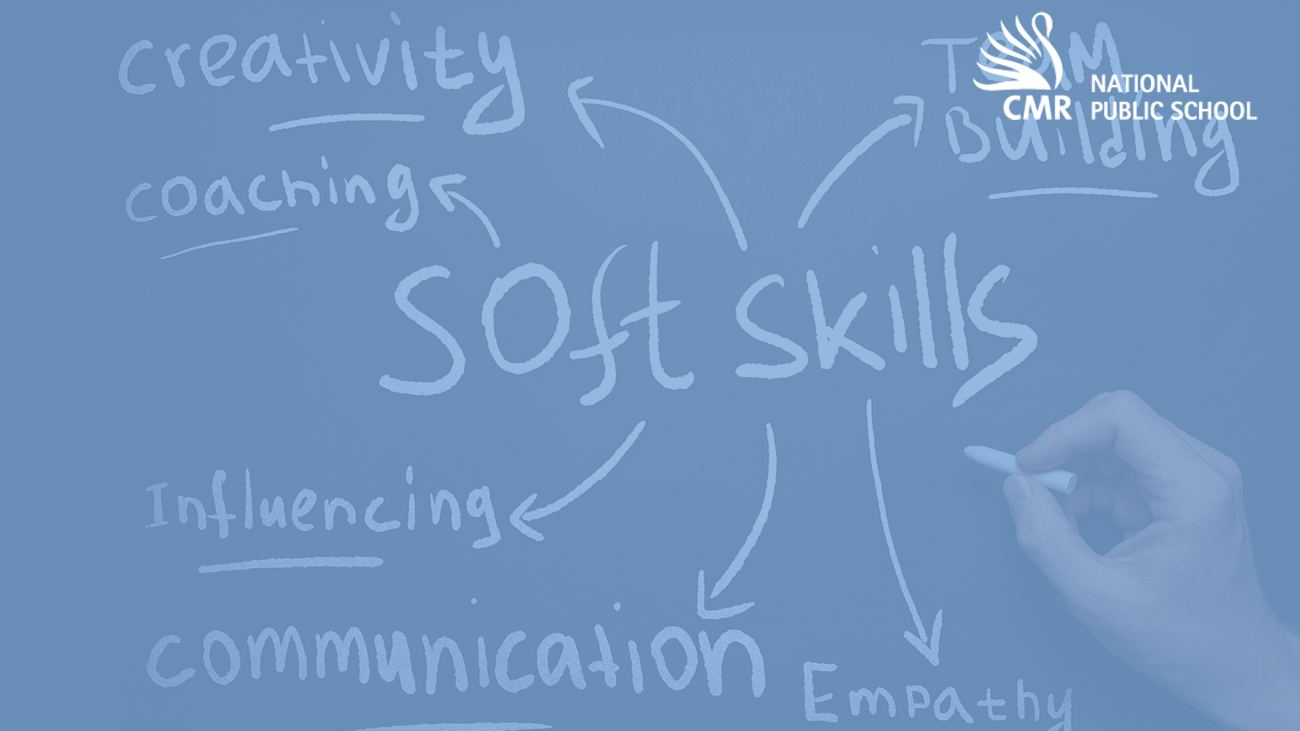As parents, ensuring the safety of our children is one of our top priorities. However, in today’s world, we need to go beyond traditional safety measures and also focus on gender sensitization. Here are ten important personal safety tips for kids that incorporate the key aspects of gender sensitization.
- Teach kids to trust their instincts: Encourage your kids to listen to their gut feelings and speak up if something feels wrong. This helps them learn to trust themselves and their intuition, which is crucial for personal safety.
- Establish boundaries: Teach your kids about the importance of boundaries, both physical and emotional. Make sure they understand that it’s okay to say no and that they have the right to set limits on what others can do to them.
- Teach them about consent: Starting from a young age, educate your kids about the concept of consent. Teach them that no means no and that they should always ask for permission before touching someone or being touched.
- Teach them to respect others: One of the key aspects of gender sensitization is learning to respect others’ boundaries and personal space. Encourage your kids to be respectful of others and to ask for permission before doing anything that might make someone uncomfortable.
- Encourage open communication: Create an environment of open communication where your kids feel comfortable talking to you about anything that’s bothering them. This can help them share any personal safety concerns they might have.
- Teach them to identify and report abuse: Educate your kids about different types of abuse, including physical, emotional, and sexual. Teach them how to recognize the signs of abuse and how to report it to a trusted adult.
- Teach them to be assertive: Encourage your kids to be assertive and speak up for themselves. This can help them avoid potentially dangerous situations and protect their personal safety.
- Be a role model: As a parent, your behavior and attitudes can have a significant impact on your kids. Make sure you are modeling healthy behaviors and attitudes towards gender and personal safety.
- Encourage them to be inclusive: Gender sensitization also involves promoting inclusivity and respect for diversity. Encourage your kids to be accepting of others, regardless of their gender, race, religion, or sexual orientation.
- Teach them to be responsible digital citizens: In today’s digital age, it’s essential to teach kids about online safety. Teach them about the dangers of sharing personal information online and how to be responsible digital citizens.
In conclusion, personal safety is crucial for kids, and gender sensitization plays an essential role in ensuring their safety. By incorporating these ten personal safety tips for kids, we can teach our children to respect themselves and others, be assertive, and stay safe in any situation.


